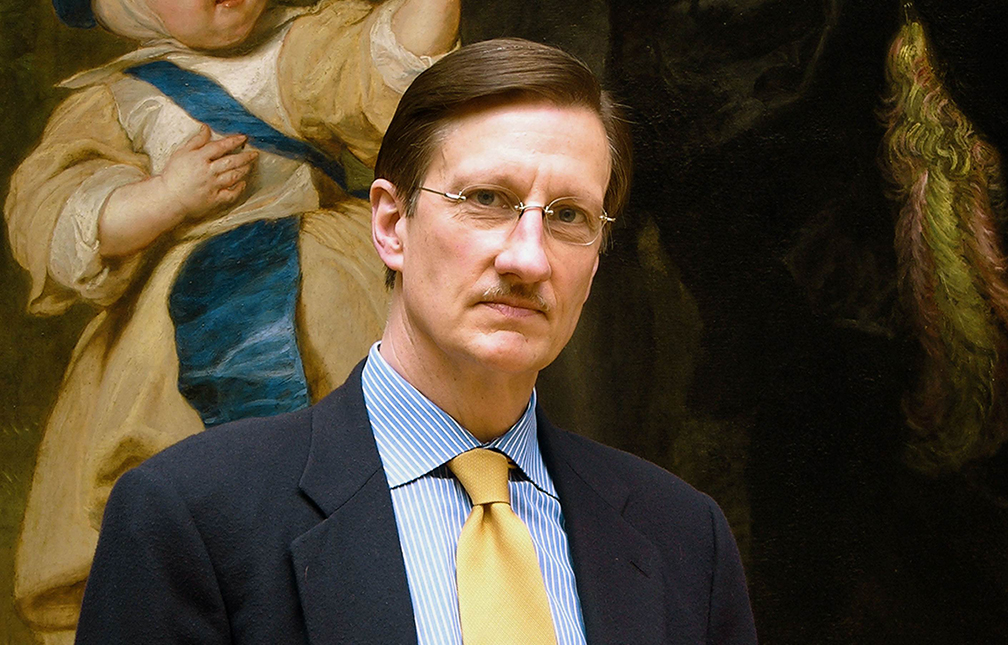“About suffering they were never wrong,The Old Masters,” W.H. Auden wrote in his 1940 poem “Musée des Beaux Arts.” “How well they understood its human position, how it takes place while someone else is eating or opening a window or just walking dully along.”
Auden’s poem uses Pieter Bruegel the Elder’s “Landscape With the Fall of Icarus” as a metaphor for the human condition. It’s a painting that was no doubt very familiar to Walter Liedtke, a curator of European paintings at The Metropolitan Museum of Art who was an expert in Rembrandt, Rubens, Vermeer and other Dutch and Flemish artists of the 17th century’s golden age.
Walter, like other commuting Met curators, liked to read and write on the Metro-North train, which is why he often sat in the first, or designated quiet, car. He was in one such train-car on his way home to Bedford Hills Feb. 3 when the train struck Ellen Brody’s SUV as it sat on the tracks. Walter, along with Brody and four others, was killed and a dozen people were injured while the rest of us were “eating or opening a window or just walking dully along.”
In a statement, Met officials said: “We are deeply saddened by this tragic loss. Walter Liedtke was a brilliant, respected curator and scholar of Dutch and Flemish paintings who was part of the Met family for 35 years. He organized dozens of major exhibitions that brought the works of Rembrandt, Vermeer, Hals and many other great artists to millions of our visitors. He will long be remembered for his vast knowledge, his wit and a passion for art that inspired all who came in contact with him.”
A New Jersey native, Walter intended to become a teacher, and after earning a master’s at Brown University and a doctorate at the Courtauld Institute of Art in London, he did indeed teach at Ohio State. But a 1979 Mellon Fellowship brought him to The Met, where he remained until his death.
In a sense, he remained a teacher, too, educating museum patrons and members of the press alike in the finer points of Northern Baroque art, a challenging field, in such exhibits and catalogs as “Rembrandt/Not Rembrandt in The Metropolitan Museum of Art,” “Vermeer and the Delft School” and “The Age of Rembrandt.” He did this with quiet erudition and a collegiality that made you feel at home in his world.
But art was not his only love. He and wife Nancy – a math teacher who is his only immediate survivor – also raised horses, a passion he plumbed in his 1990 book “The Royal Horse and Rider: Painting, Sculpture and Horsemanship 1500-1800.”
We at WAG had hoped to interview him for our annual horse issue in April. But it was not to be.
Auden would’ve understood. – Georgette Gouveia

